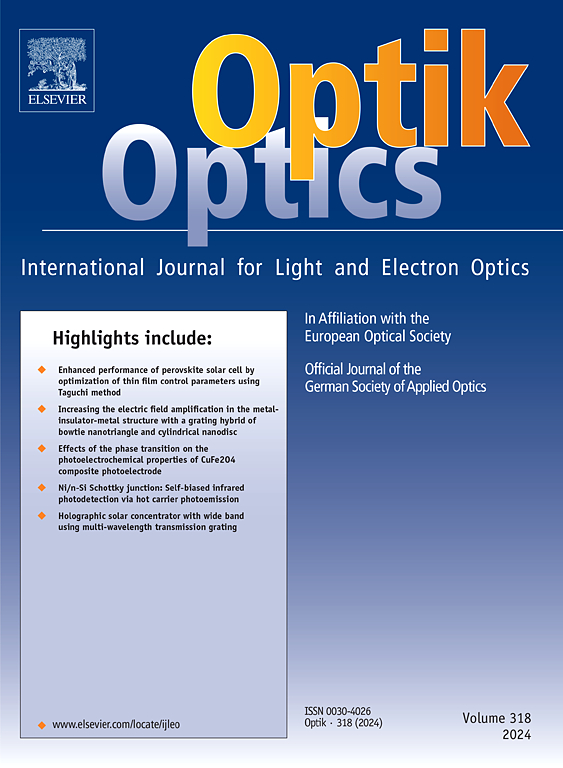Quantitative scale for measuring serum lipemia using optical transmittance measurements
IF 3.1
3区 物理与天体物理
Q2 Engineering
引用次数: 0
Abstract
Carrying out an adequate classification of elevated content of lipoproteins in the blood is of great importance in the clinical and research field. High lipoprotein levels can mask pathologies in the blood and affect the interpretation of blood results. In this study, we propose an unambiguous quantitative scale for lipemia based on optical transmittance measurements at two specific wavelengths of whole blood samples. Whole blood drawn from donors (105 in total) aged between 18 and 65 years, divided into two groups, was tested after a fasting period of 8–10 h. Trained technicians visually determined the degree of lipemia. Lipid profile analysis of the first group (48 samples) and transmittance measurements of the plasma (57 samples) of the second group were obtained. We found that the correspondence between the concentration of any of the analyzed lipoproteins and the degree of lipemia, determined visually, is not one-to-one for most of the samples. A simple theoretical analysis based on Mie scattering is presented to elucidate the possible contribution of different lipoproteins to the observed degree of lipemia in the different blood samples. Our analysis suggests that the turbidity of blood serum is due only to VLDL lipoproteins and is directly related to their size. The reclassification of the degree of lipemia using our proposed quantitative scale coincides with the original classification performed visually by the trained technician in 65 % of the cases.
用光学透射率测量血清脂血症的定量刻度
对血液中脂蛋白含量升高进行适当的分类,在临床和研究领域具有重要意义。高脂蛋白水平可以掩盖血液中的病理,并影响血液结果的解释。在这项研究中,我们提出了一个明确的定量尺度的血脂基于光学透射率测量在两个特定波长的全血样本。从18至65岁的献血者(共105人)中抽取全血,分为两组,在禁食8-10 h后进行测试。训练有素的技术人员目测血脂的程度。对第一组(48份样本)进行血脂分析,对第二组(57份样本)进行血浆透射率测定。我们发现,所分析的任何脂蛋白的浓度与脂血症程度之间的对应关系,在视觉上确定,对大多数样品来说不是一对一的。本文提出了一种基于Mie散射的简单理论分析,以阐明不同脂蛋白对不同血液样本中所观察到的脂血症程度的可能贡献。我们的分析表明,血清浊度仅由VLDL脂蛋白引起,并与它们的大小直接相关。在65% %的病例中,使用我们提出的定量量表对血脂程度的重新分类与训练有素的技术人员进行的原始分类一致。
本文章由计算机程序翻译,如有差异,请以英文原文为准。
求助全文
约1分钟内获得全文
求助全文
来源期刊

Optik
物理-光学
CiteScore
6.90
自引率
12.90%
发文量
1471
审稿时长
46 days
期刊介绍:
Optik publishes articles on all subjects related to light and electron optics and offers a survey on the state of research and technical development within the following fields:
Optics:
-Optics design, geometrical and beam optics, wave optics-
Optical and micro-optical components, diffractive optics, devices and systems-
Photoelectric and optoelectronic devices-
Optical properties of materials, nonlinear optics, wave propagation and transmission in homogeneous and inhomogeneous materials-
Information optics, image formation and processing, holographic techniques, microscopes and spectrometer techniques, and image analysis-
Optical testing and measuring techniques-
Optical communication and computing-
Physiological optics-
As well as other related topics.
 求助内容:
求助内容: 应助结果提醒方式:
应助结果提醒方式:


